Building the Foundation: Biomechanics of a Pickleball Power Serve
To fully appreciate the intricacies of a powerful serve, it's essential to understand the biomechanics behind it. Every successful serve utilizes the kinetic chain a system of body movements that generate power from the legs through to the arms. This chain is all about torque and rotation; it is about orchestrating a symphony of muscle engagement that begins as you stand at the baseline, ready to launch your shot.
Unlocking Power from the Ground Up: Stance and Leg Drive
The power of a serve starts at the feet, where the correct stance sets the stage for the entire motion. Proper stance involves having your feet shoulder-width apart behind the baseline, with your dominant foot slightly back. This positioning not only facilitates a smooth weight transfer but also enhances your overall balance. Engaging in a strong leg drive during the serve results in a better foundation for power generation.
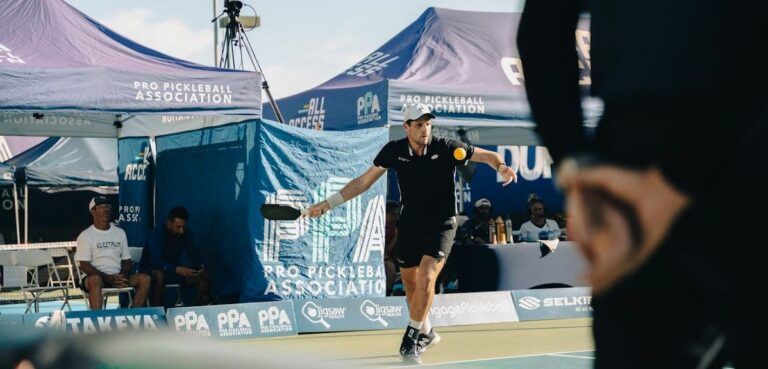
- Balanced Stance: Your weight should be evenly distributed between both feet.
- Wide Base: A wider stance improves stability and promotes effective weight shifting.
- Weight Transfer: Shifting your weight from your back foot to your front foot during the serve maximizes force generation.
By mastering these elements, you can significantly enhance your ability to serve powerfully. Think of it as a spring coiling before releasing; all the potential energy stored in your legs and stance must be harnessed and released at the right moment for optimal power.
Engaging the Core: Rotation and Torque for Explosive Serves
While the legs are the foundation, the core is the powerhouse that drives the serve forward. Engaging your core muscles through rotation and torque not only stabilizes your body but also adds explosive force to your hit. The kinetic energy generated through hip rotation translates to more velocity on the ball.
- Rotation: Twisting your torso during the serve effectively channels your body’s natural momentum.
- Kinetic Energy: The collective force generated through your legs, engaged core, and upper body movement culminates in the ball.
- Oblique Activation: Engaging your obliques increases the efficiency and explosiveness of your serve.
Much like a tightly wound spring releasing its energy, the proper engagement of core muscles can result in an explosive serve that catches your opponent off guard.
The Role of the Arm and Paddle: Generating Speed and Spin
The final critical player in this intricate dance of power serving is your arm and paddle. The motion of your arm combined with the technique of the paddle directly influences the speed and spin of your serve. The relationship here is similar to that of a slingshot: the quicker and more fluid the release, the further and more accurate the flight of the projectile.
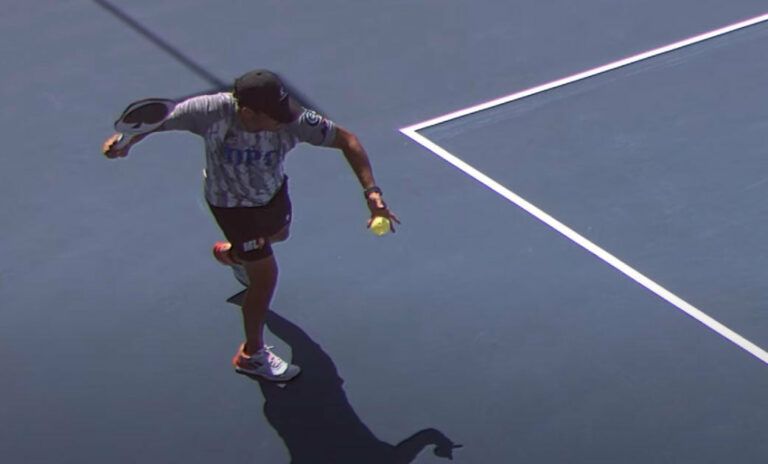
Arm Motion: Paddle Speed and Wrist Action
Your arm motion during the serve should resemble a pendulum, with a fluid and natural swing commencing from the shoulder. This is often referred to as a ‘fluid motion’:
- Paddle Speed: Acceleration of your paddle leads to a higher velocity of the ball at contact.
- Wrist Action: Pronation of the wrist can help impart topspin or slice onto the ball, creating difficult returns for your opponent.
- Contact Point: Striking the ball at the right moment and angle further enhances the quality of your serve.
Experimenting with various grips, such as the continental grip, can maximize paddle control while adding necessary spin. The combination of strong arm mechanics and technique transforms your serve into a dynamic weapon capable of disrupting your opponent's rhythm.
The Volley Serve: A Weapon for Speed and Control
As you refine your serving technique, consider incorporating the volley serve into your arsenal. This aggressive style of serving focuses on quick execution, delivering pace and precision simultaneously. A well-executed volley serve can keep your opponent on the back foot, setting the stage for an offensive rally right from the start.
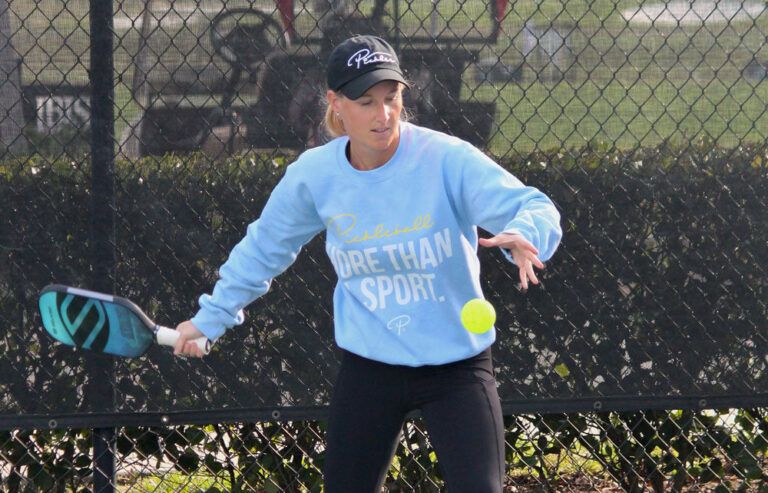
Advanced Volley Serve Techniques: Adding Variety and Deception
To make your volley serve even more effective, diversity is key. By introducing variations in your serve types flat serves, spin serves, and kick serves you can challenge your opponent's ability to return effectively.
- Flat Serve: Characterized by speed and directness, it’s difficult to read and often catches opponents off guard.
- Spin Serve: Adding topspin or backspin can alter the ball's trajectory and create unpredictable bounces.
- Kick Serve: This serve increases the height of the ball after crossing the net, thus adding another layer of difficulty during returns.
Mastering these advanced techniques will not only strengthen your serve but also put pressure on your opponent, forcing them to adjust and respond to your ongoing tactical shifts.
Mastering the Drop Serve: Precision and Power in Disguise
The drop serve has rapidly gained recognition as a powerful serving technique in pickleball. Although it may appear simple, the drop serve offers a unique blend of power and precision. What makes it particularly dangerous is its capacity for deception; when executed correctly, it can catch opponents unprepared.
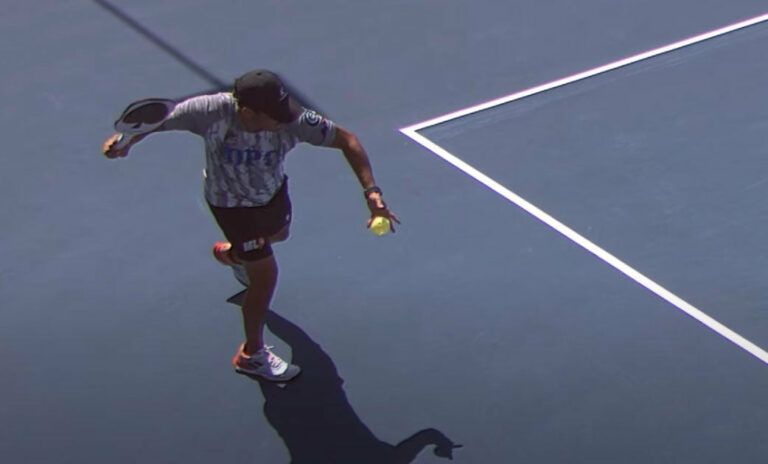
Elevating Your Drop Serve: Advanced Variations and Strategies
To elevate your drop serve, consider the following advanced strategies:
- Kick Serve: A variation that combines the drop's finesse with a kick, creating a unique bounce that can mislead the opponent.
- Dead Drop: By using minimal topspin, the ball plummets swiftly, keeping your opponent guessing.
- Placement: A well-placed drop serve can target gaps in your opponent’s defense, forcing them to move and potentially misjudge the trajectory.
While a powerful serve can be intimidating, precision and placement can be equally potent weapons in your serving repertoire. Just as an artist carefully chooses their strokes, adding finesse to your drop serve can round out an aggressive strategy.
Strategic Serve Placement: Dictating the Point from the Start
Beyond the power and technique lies an often overlooked aspect of serving: placement. Smart, strategic serve placement can dictate the course of the point from the outset. It involves identifying and exploiting your opponent's weaknesses while capitalizing on your strengths.
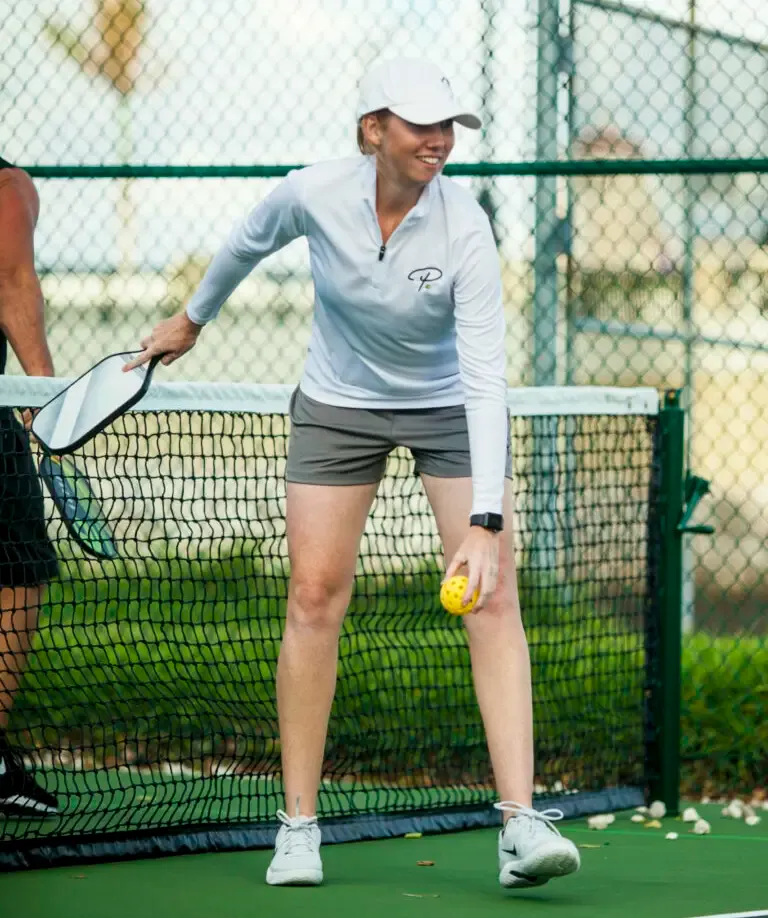
Reading the Opponent: Identifying and Exploiting Weaknesses
Understanding your opponent's tendencies and weaknesses is paramount for effective serve placement. Whether they struggle with shots to their backhand or have difficulty with deep serves, being able to target these vulnerabilities can lead to a tactical advantage.
- Opponent Analysis: Observing your opponent during warm-ups can provide insights into their preferred shots and weaknesses.
- Return Patterns: Recognizing patterns in how opponents respond to serves can inform your strategic placements.
- Court Coverage: Targeting areas they may leave exposed creates opportunities for easy points.
By mastering the art of placement, you will not only gain the initiative but also assert control over the rally much like chess players find their advantageous positions before striking.
Serve and Volley: Setting Up for Aggressive Play
Utilizing a serve-and-volley strategy can create immediate attacks and quick transitions to the net. After executing a strong serve, swiftly moving towards the net prepares you for any potential return. This aggressive play can heighten pressure on your opponent, often leading to errors or weak returns that can be capitalized upon.
- Net Positioning: Proper positioning at the net increases your chances of intercepting returns.
- Quick Transitions: Swift movements after the serve ensure you remain in control.
- Attacking Returns: Being poised to attack serves as an advantage, leading to potential finish points.
Implementing a serve-and-volley strategy will not only enhance your gameplay but also instill fear in your opponents as they are forced to respond to your aggressive style.
The Mental Game: Confidence and Consistency Under Pressure
No discussion on mastering the serve would be complete without addressing the mental aspects of pickleball. Serving under pressure can evoke nerves, leading to inconsistent performance. Developing mental toughness and maintaining focus, particularly during high-stakes points, can be a game-changer.
Developing a Pre-Serve Routine: Promoting Focus and Calm
Creating a consistent pre-serve routine serves as a mental reset, preparing you for success with each serve. This can include:
- Visualization: Envisioning your serve and desired outcomes fosters clarity and intention.
- Breathwork: Taking controlled breaths calms nerves and enhances concentration.
- Mindset: Maintaining a positive approach keeps your focus sharp, empowering you to execute accordingly.
By establishing a solid pre-serve routine, you create a psychological edge that allows you to perform under pressure, mitigating the nerves that can often disrupt a seamless serve.
Handling Pressure Situations: Staying Composed When It Counts
Every player faces pressure, especially during crucial moments in matches. Mastering the mental game is about resilience and adapting to challenging situations.
- Nerves Management: Recognizing when nerves arise and employing your pre-serve routine will help maintain composure.
- High-Stakes Points: Approaching tough points with confidence is vital; remember, this is where champions emerge.
- Positive Reinforcement: Negative self-talk can hinder performance; replace it with encouraging thoughts to empower your game.
Conquering the mental aspect of your pickleball game will lead to increased confidence, which will reflect in your overall serving performance.
Learn from the Pros: Analyzing Elite Serving Techniques
Looking to the professionals offers invaluable insights into effective serving strategies. Many elite players have unique serving styles that illustrate the balance between power, spin, and placement.
Daniel de la Rosa: A Masterclass in Power and Spin
Daniel de la Rosa is renowned for his exceptional serving techniques that exemplify power and spin. Analyzing his approach reveals several critical takeaways:
- Serve Breakdown: His serves often integrate elements of height and pace, making them challenging for opponents to predict.
- Biomechanics: De la Rosa’s execution illustrates the importance of rhythm and core engagement, foundational elements of any strong serve.
By studying professional techniques, you can glean strategies that suit your playing style, acclimating them into your own game for greater success.
Comparing and Contrasting: Different Styles for Different Players
Diversity in play styles should be appreciated; every player brings their unique touch to serving. Understanding styles that resonate with you can empower you to refine your techniques.
- Serve Styles: Each player's signature serve often reflects their personal strengths, from slice serves to kick serves.
- Tactical Approaches: Variability in strategies can enhance adaptability during matches, allowing you to counter whatever comes your way.
The key is to analyze and determine which components align with your strengths, providing a platform for continuous growth.
Paddle Technology: Optimizing Your Equipment for Power
Equipment plays a critical role in executing powerful serves. The right paddle can enhance performance, allowing a player to transfer more energy into their serve while maintaining control.
Core Materials: Understanding the Impact on Power and Feel
Different paddle core materials affect responsiveness and feel. Understanding the nuances of these materials can guide players in making the best choice for their game.
- Nomex: Known for solid durability, offering a crisp feel and quick response.
- Polymer Honeycomb: Provides a softer hit, which can help with spin and control while still delivering power.
- Aluminum: Often heavier, but provides immense stability and responsive power.
Choosing the appropriate paddle core material can directly contribute to your ability to deliver powerful serves effectively.
Face Texture: Generating Spin and Control
The face texture of a paddle greatly influences the spin and control one can achieve.
- Smooth Face: Offers a clean hit, beneficial for straightforward power serves without much spin.
- Textured Face: Provides enhanced grip that is essential for generating spin, which can make your serves more unpredictable.
Understanding how these characteristics of paddle technology affect your game is imperative for optimizing your performance on the court.
Practice and Drills: Honing Your Skills for Domination
No serving strategy can yield lasting results without diligent practice. Committing time to improve specific serving skills solidifies your overall performance.
Targeted Drills: Improving Specific Aspects of Your Serve
Implementing targeted drills will enable you to hone in on specific skill sets necessary for a robust serve:
- Stance Drills: Practice maintaining a balanced stance under various conditions.
- Rotation Drills: Focus on engaging your core muscle groups to promote effective hip rotation.
- Drop Serve Drills: Regularly practice drop serves to enhance precision and control.
Repetition is pivotal in skill development; regular training ensures that each aspect aligns seamlessly to the core of your serving technique.
Practice Match Scenarios: Applying Your Skills Under Pressure
Incorporating practice match scenarios enhances your resilience and readiness for real games:
- Game Simulation: Engage in matches reflecting competitive conditions, focusing on applying learned techniques.
- High-Pressure Practice: Create scenarios where stakes are intentionally raised to mimic match conditions, improving mental toughness.
- Feedback Loops: Seek feedback from partners or coaches during practice sessions to refine your technique continuously.
Cultivating the skills necessary to execute powerful serves under pressure can serve as your trump card when it matters the most.
Conclusion
In conclusion, the journey to mastering a powerful serve in pickleball is one nuanced by the intersection of biomechanics, mental acuity, and technical prowess. With strategic implementation of proper stance, core engagement, paddle control, and placement tactics coupled with the wisdom gleaned from elite players you can craft a serve that not only intimidates your opponents but also reflects the hard work and dedication put into your practice. As you embark on this exciting adventure of refining your skills, remember that a confident serve, just like a confident player, can change the trajectory of a game. So, embrace the challenges, relish the victories, and, above all, keep serving!










